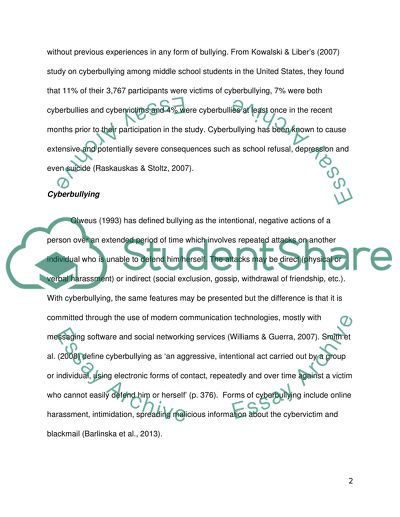Cite this document
(“Social Psychology Research Proposal Dissertation”, n.d.)
Social Psychology Research Proposal Dissertation. Retrieved from https://studentshare.org/psychology/1494375-social-psychology-research-proposal
Social Psychology Research Proposal Dissertation. Retrieved from https://studentshare.org/psychology/1494375-social-psychology-research-proposal
(Social Psychology Research Proposal Dissertation)
Social Psychology Research Proposal Dissertation. https://studentshare.org/psychology/1494375-social-psychology-research-proposal.
Social Psychology Research Proposal Dissertation. https://studentshare.org/psychology/1494375-social-psychology-research-proposal.
“Social Psychology Research Proposal Dissertation”, n.d. https://studentshare.org/psychology/1494375-social-psychology-research-proposal.


